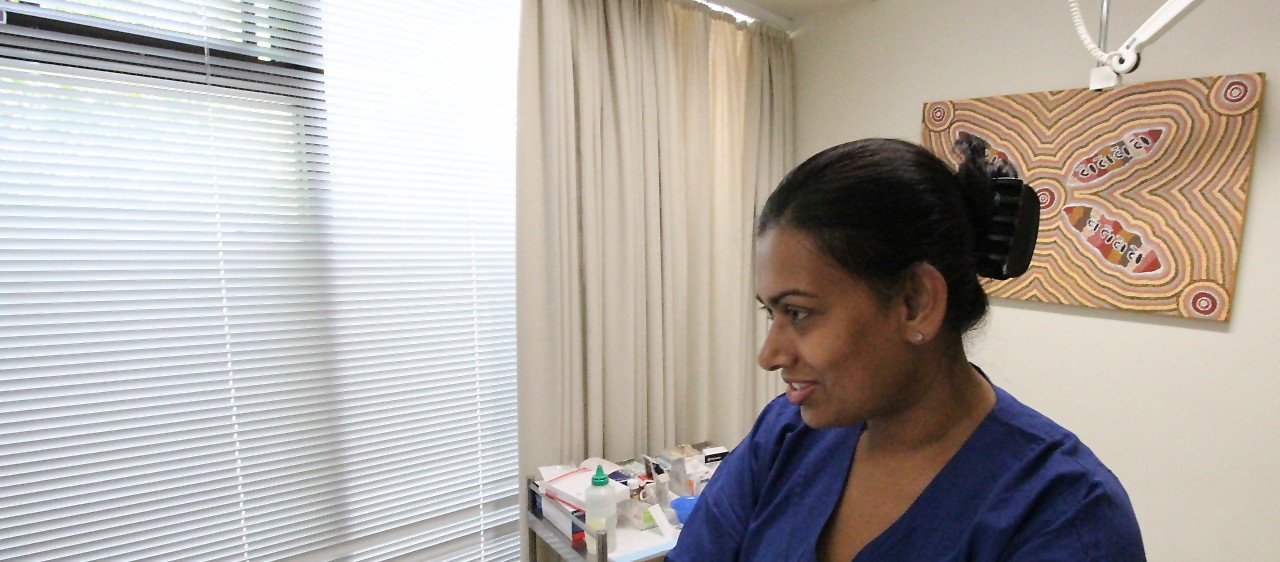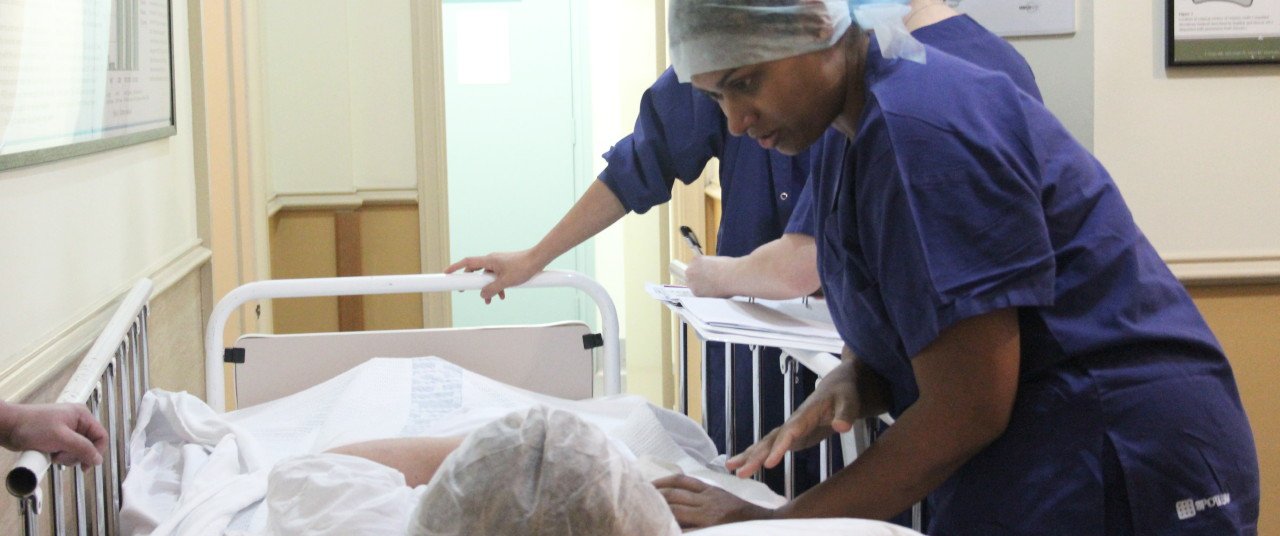What is Deep Venous Thrombosis (DVT)?
DVT is where a clot forms in the veins, usually in your leg. If part of the clot breaks off, it can travel to the lungs and get lodged, there causing a pulmonary embolism, which can sometimes result in death.
DVT can be caused by a number of things such as immobility, recent travel or surgery, pregnancy and blood clotting disorders.
Symptoms
DVT can cause pain and swelling of the affected limb. Severe DVT can cause the limb to go red or white. It is usually diagnosed with an ultrasound.
Treatment Options
Treatment is usually medication but may occasionally require surgical treatment, if very severe. This can involve thrombolysis (clot busting injections) or even open surgery. Sometimes, there can be long term complications of DVTs such as post thrombotic syndrome.
Post-Thrombotic Syndrome
While most people who have a DVT will recover completely, others may be left with some symptoms in their legs or arms. Leg or arm swelling, pain, aching, heaviness, and cramping are some of the symptoms. Severe cases can have darkening of the skin and ulceration. While most cases can be treated non-surgically some patients may need vascular intervention with vein ballooning or stenting.




